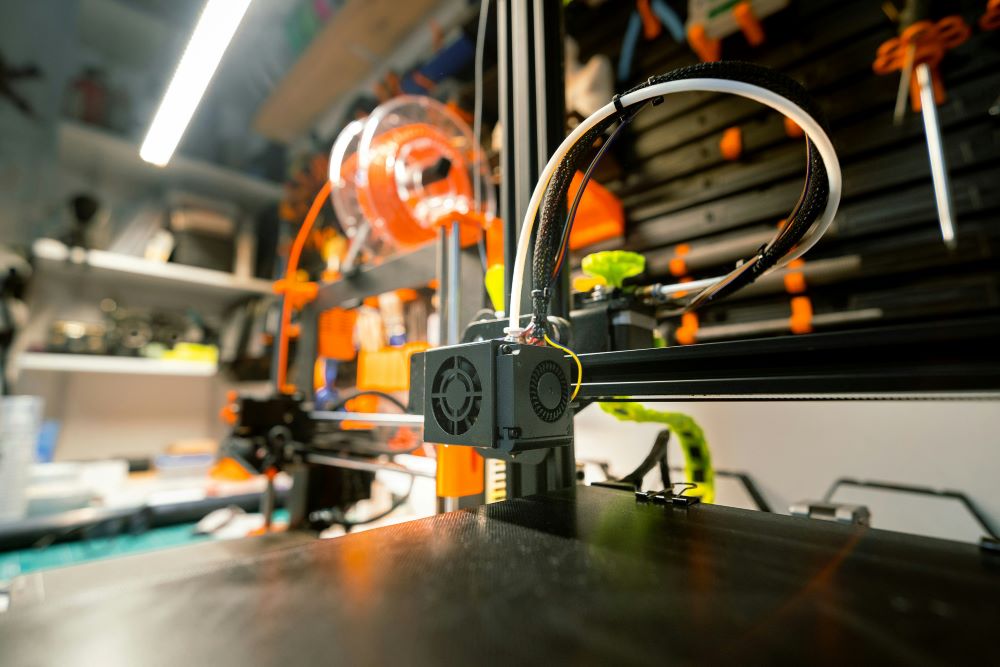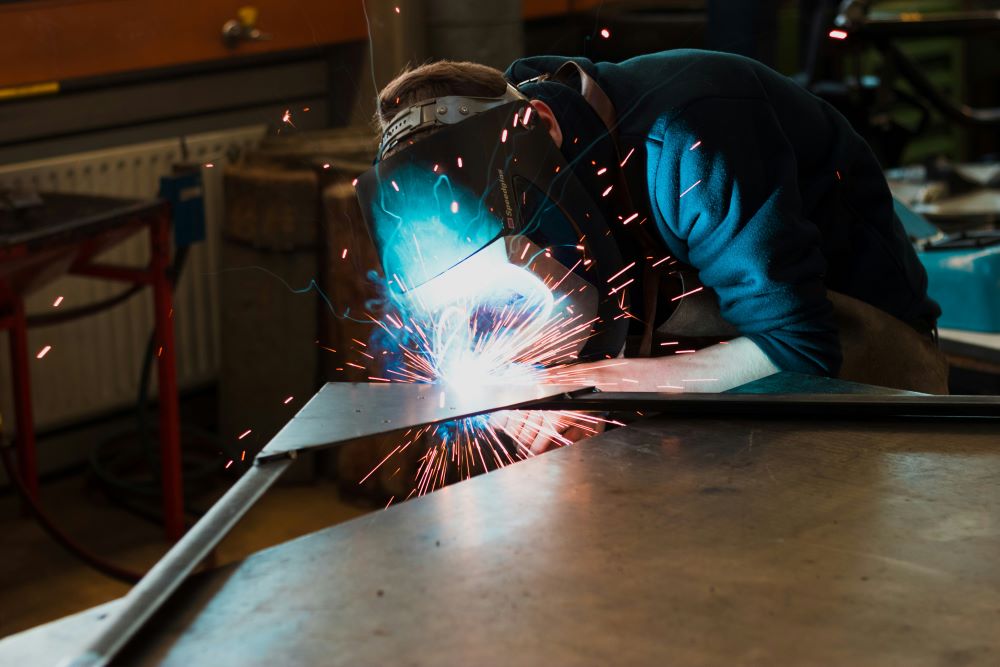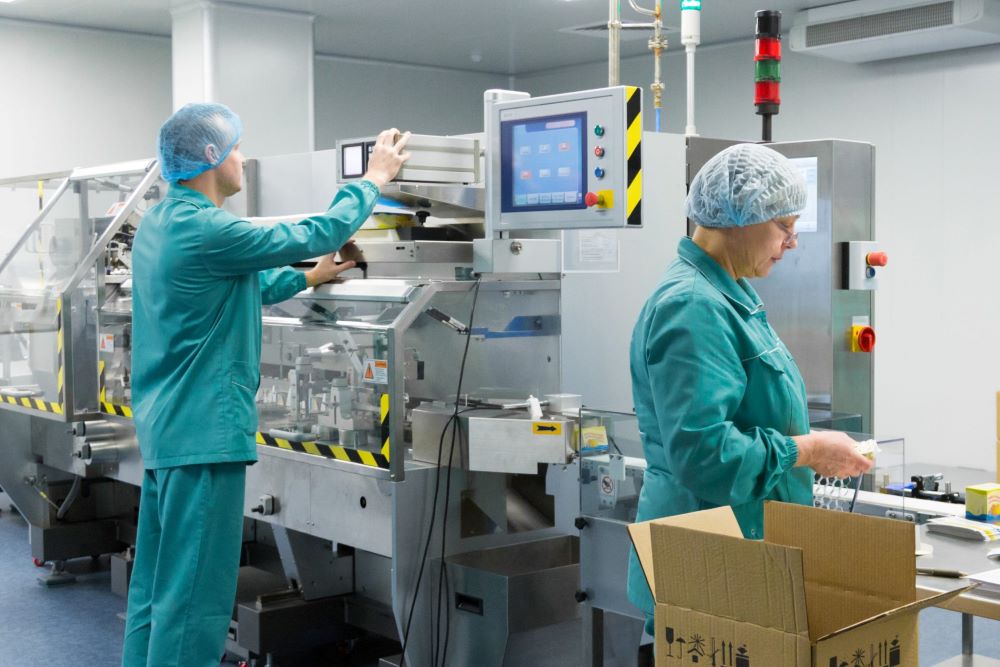Stainless steel tables are now commonly used in both commercial and home kitchens due to their durability, versatility, and hygienic properties. These tables play a crucial role in creating sturdy work surfaces for a wide range of tasks. Thanks to their resistance to corrosion, ease of cleaning, and ability to withstand harsh conditions, stainless steel tables have become the preferred choice for the hospitality industry. In this article, we will explore the various uses and benefits of this piece of furniture in other industries as well.
Application of Stainless Steel Tables in Various Industries
Stainless steel tables are not only a staple in commercial kitchens but also find extensive use in various industries and even homes due to their durability and versatility:
- Application in the Healthcare Sector
Stainless steel tables are indispensable in hospitals, clinics, and laboratories, providing sterile work surfaces for surgeries, examinations, and medical procedures. Their non-porous nature ensures cleanliness and prevents bacterial growth, maintaining stringent hygiene standards in healthcare settings.

2. Applications in Manufacturing and Industrial
In manufacturing facilities, stainless steel tables are used as durable workbenches for assembling, testing, and packaging products in industries such as automotive, electronics, and aerospace due to their resistance to corrosion and chemicals.
3. Home and Outdoor Applications
Beyond industrial settings, stainless steel tables are increasingly popular in homes. They are used in laundry rooms, garages, and workshops for various tasks, offering durability and easy maintenance. Additionally, outdoor enthusiasts appreciate their weather resistance, using them for grilling, gardening, and outdoor entertaining.

Can You Weld on a Stainless Steel Table?
Welding on a stainless steel table is feasible, primarily due to its conductivity and fireproof properties. However, it may not be the optimal choice if you intend to use it for clamping parts or heavy-duty tasks. While spatter can adhere to the surface, it can be readily removed through grinding. Additionally, stainless steel’s poor heat conductivity means that heat remains concentrated in a localized area, making it seem effortless to weld.

In conclusion, stainless steel tables demonstrate their versatility and importance across various industries and home environments. From healthcare facilities to manufacturing plants and residential spaces, their durability, hygiene, and adaptability make them indispensable assets. Whether in sterile operating rooms or bustling kitchens, stainless steel tables continue to serve diverse needs with reliability and efficiency.
